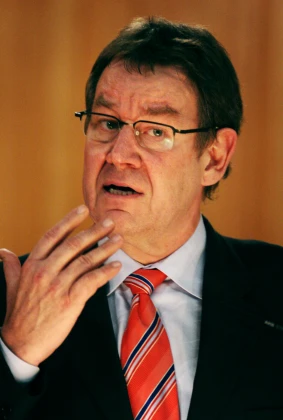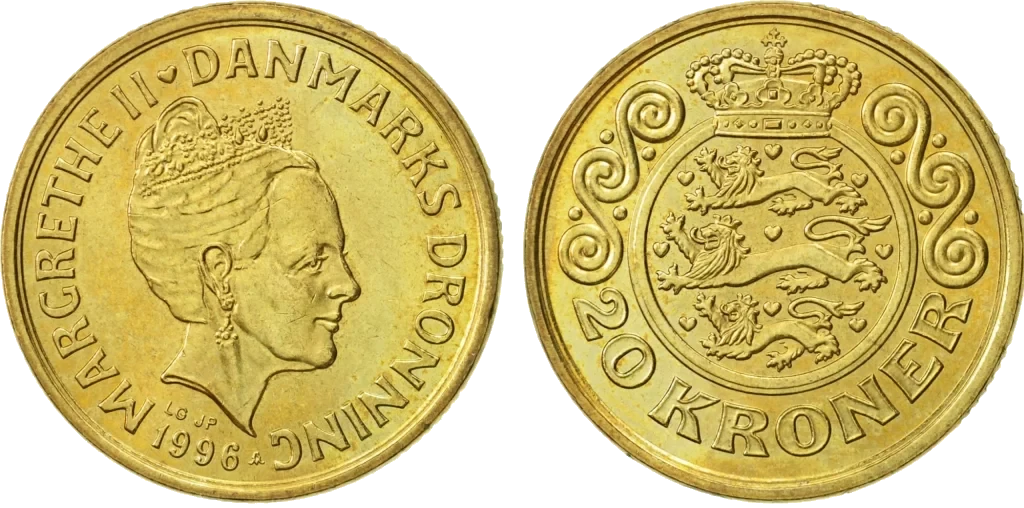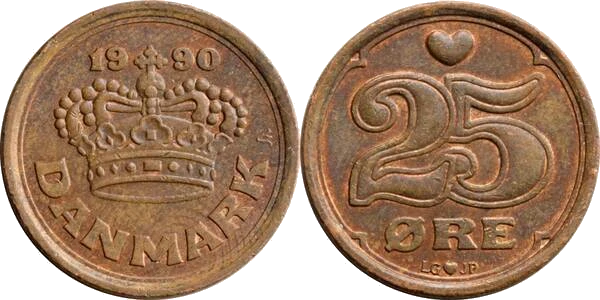In the year 2000, Denmark held a referendum and decided not to adopt the euro. At this point, it seems that the debate over adoption is politically closed. However, that doesn’t mean that preliminary work wasn’t done in case the “yes” vote had won, including the design of Denmark’s euro coins.
Today, we’re taking a look at those coin designs. But first, let’s give a little context.
Why did Denmark reject the euro?: The Opt-outs
During the negotiations of the 1992 Maastricht Treaty, which transformed the European Economic Community into the European Union, the concept of “opt-out” was introduced. It was a voluntary and negotiated exclusion of a country from a common European policy.
After narrowly rejecting the original treaty of Maastricht in a referendum in 1992, Denmark managed to negotiate four opt-outs from it, which were again subject to a popular vote in 1993, this time with a positive result.

The first one had to do with the scope of European citizenship for Danish residents. This became obsolete with the reform of what European citizenship legally constituted through the 1997 Amsterdam Treaty.
The second one deals with the supremacy of Danish law over that of other EU countries in certain fields of civil legislation, such as divorce or bankruptcy.
The third opt-out has to do with Denmark not joining the European Union’s Common Security and Defense Policy.
And the fourth and final opt-out is that Denmark would not adopt the euro, but would maintain the exchange rate of the Danish krone fixed to the single currency within the ERM-II system.
Danish law requires that a binding referendum be held to repeal any of the four opt-outs. In fact, the third opt-out, the defense one, was repealed in a referendum on June 1, 2022, with 65.57% of eligible Danish voters supporting its elimination.
The 2000 referendum
In 2000, the euro was already a reality at the banking level, but the coins and banknotes were not yet in the wallets of European citizens.
The latest polls indicated that there was just over 40% support for the euro among the Danish population, while just over 30% were against its adoption. The rest were undecided.
After a disastrous “yes” campaign led by Prime Minister Poul Nyrup Rasmussen, in which he failed to explain the benefits of the euro, the latest polls before the referendum showed that the “no” side might have turned the tide.

The marked day was September 28, 2000. On that day, the country held a referendum to see if Danes wanted to abolish the euro opt-out and adopt the single currency.
And indeed, the result was a victory for “no” with 53.2% of the vote and 87.6% turnout. The “yes” side garnered 46.8% of the vote.
The designs for Denmark’s euro coins
In preparation for the referendum, the Ministry of Economy asked the National Bank of Denmark (the central bank) and the Royal Danish Mint to prepare sketches for Denmark’s euro coins.
They were based on the Danish government’s plan to adopt the euro as the account and banking currency in 2001, and then to issue the coins and banknotes in 2004.
The designs revolved entirely around the Danish monarchy and its head, Margrethe II.




Today, the designs for the Danish euro coins would not comply with European regulations, which require the 12 stars to be arranged in the same way as they are on the flag of the European Union, with no design elements placed between them. This is why, for instance, Spain had to change its designs in 2010.
In addition, these designs follow a very conservative line with Danish crown coins, perhaps even being the least revolutionary country in this regard. The bust of Margrethe II is the same as was seen, for example, on the 10 and 20 crown pieces of that time.

And the crown on the designs for the 1, 2, and 5 cent coins is very similar to the one that appears on the 25 and 50 øre (cents) coins of that year.

In my personal opinion, this would have been one of the most boring euro series, very much in line with the rest of the European monarchies in the Eurozone, such as Luxembourg. I hope that if Denmark enters the euro, they do not use these designs as a foundation, and, instead, they start from scratch.
By the way, this is the second entry in an article series on what the euro could have been, but wasn’t. The first one dealt with the non-selected designs of the common side of the euro coins.